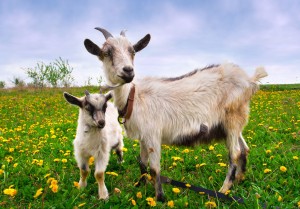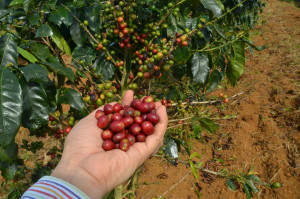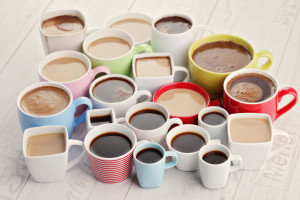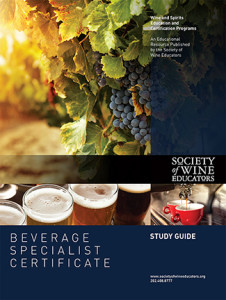Giddy Goats and Penny Universities, or a Brief History of Coffee
We may never know for sure when or where coffee was first discovered, but a colorful legend from the ancient coffee forests of the Ethiopian plateau is the tale most often told.
As the story goes, a goat herder named Kaldi noticed his goats became excited after eating berries from a certain bush. The goats were so giddy they stayed up all night, showing very little interest in rest or sleep. Kaldi relayed this observation to the Abbot of the local monastery. The Abbot prepared a drink with the berries, and he found he was able to stay alert and focused throughout his long hours of evening prayer…in other words, he approved!
Soon, the knowledge of the energizing berries spread throughout the monastery. Eventually, the news moved east and the consumption and appreciation of coffee reached the Arabian Peninsula. From there, it would begin its journey across the world.
Coffee cultivation and trade began on the Arabian Peninsula. By the 15th century, coffee was being grown in the Yemeni district of Arabia. Soon thereafter,the Yemeni town of Mocca became particularly well-known for its distinct and aromatic roasted coffee beverages. By the next century,coffee was popular in Persia, Egypt,Syria,and Turkey. Coffee was prepared and enjoyed in homes, and was beginning to be offered in public coffee houses—known as qahveh khaneh—appearing in the Middle and Near East.
Coffee houses quickly became popular for all kinds of social activity and for keeping up with the latest news and local information—so much so that coffee houses soon became known as schools of the wise.”
With thousands of people from all over the world making annual pilgrimages to the holy city of Mecca (located in present-day Saudi Arabia),it was not long before knowledge of the wine of Araby began to spread. Soon,Europeans had heard of this mysterious black beverage, and in 1615, Venetian merchants brought coffee to Italy from Istanbul. It didn’t take long for coffee to become popular across the European continent.
As they had in the East, coffee houses began to spring up in London and were soon emulated across England, Austria, France, Germany, and Holland.These coffee houses were soon hubs of social activity and communication. They were often called “penny universities,” because for one penny (the price of a cup of coffee) one could learn the news of the day.
By the mid-1600’s, coffee came to the New World by way of New Amsterdam (later known as New York).As in previous locations, coffee houses began to appear in the New World. However, the population—dominated by English colonists—still preferred tea.This all changed on December 16, 1773, when the colonists staged a revolt against a heavy tax on tea imposed by King George III. This event, known as the Boston Tea Party, forever changed the American preference from tea to coffee.
In the meantime, coffee plantations were spreading throughout the world. By the 1700s, the first European coffee plantation was established on the Dutch island of Java. Not long after, the Dutch introduced coffee to their South American colony of Surinam, and from there it spread to French Guyana,Colombia, and ultimately to Brazil—currently the largest producer of coffee.
In 1720, a French naval officer acquired a single coffee plant in Paris and brought it—at great peril—back to his post in Martinique. Once planted, this single coffee plant thrived and is today credited with the propagation of over eighteen million coffee plants on the island of Martinique and throughout the Caribbean.
Travelers, traders, and colonists continued to spread the culture, consumption, and cultivation of coffee worldwide. Coffee was soon grown on large plantations and small plots, in tropical forests,and high in the mountains. By the end of the 18th century, coffee had become one of the world’s most valuable commodities.
The history of coffee, as well as the cultivation, processing, brewing and service of coffee is just a small part of the information included in the Society of Wine Educators’ newest project, the Beverage Specialist Certificate. Other topics included in this 100% online program include tea, sake, cider, beer, distilled spirits, and—of course—wine. Click here for more information.



